Collection: Knowledge Base
Camera Technology
View all-

Discover the Power of Sony IMX Sensors for High...
Unveiling the Magic of Sony IMX Sensors In recent years, Sony, a pioneer in sensor technology, has redefined the standards of image capture with its cutting-edge IMX sensors. From stunning...
Discover the Power of Sony IMX Sensors for High...
Unveiling the Magic of Sony IMX Sensors In recent years, Sony, a pioneer in sensor technology, has redefined the standards of image capture with its cutting-edge IMX sensors. From stunning...
-

Welcome to the world of machine vision
Image above is an industrial camera from The Imaging Source, DMK 42BUC03, available on our web shop Welcome to the world of machine vision, where the quest for optimal image capture is...
Welcome to the world of machine vision
Image above is an industrial camera from The Imaging Source, DMK 42BUC03, available on our web shop Welcome to the world of machine vision, where the quest for optimal image capture is...
-

The Benefits of Ordering Machine Vision Cameras...
The Transformative Potential of Digital Purchasing for Vision SystemsThe demand for streamlined procurement processes and enhanced operational efficiency has led to a significant shift towards online purchasing. This shift is...
The Benefits of Ordering Machine Vision Cameras...
The Transformative Potential of Digital Purchasing for Vision SystemsThe demand for streamlined procurement processes and enhanced operational efficiency has led to a significant shift towards online purchasing. This shift is...
Optics
View all-
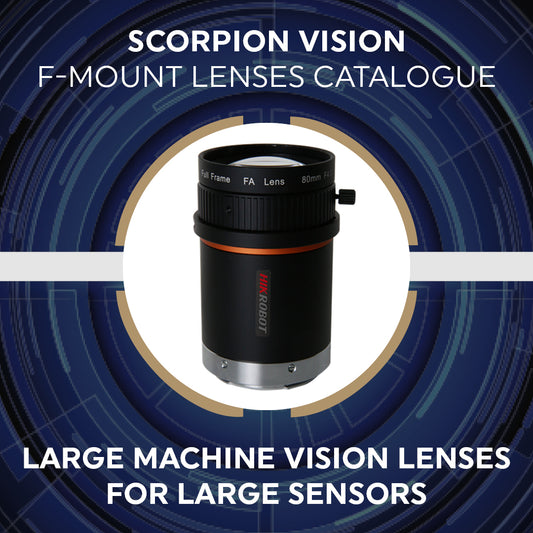
How to Choose the Right Optics for Your Machine...
Selecting the right optics for your machine vision application is crucial, as it directly impacts image quality and overall system performance. With a variety of lens options available, understanding their...
How to Choose the Right Optics for Your Machine...
Selecting the right optics for your machine vision application is crucial, as it directly impacts image quality and overall system performance. With a variety of lens options available, understanding their...
-
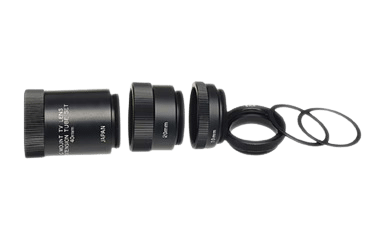
Spacers for a C-mount lens
Let’s take a closer look… Most lenses, with the notable exception of M-12 lenses, have some form of focus adjustment on them, enabling the lens to focus on objects with...
Spacers for a C-mount lens
Let’s take a closer look… Most lenses, with the notable exception of M-12 lenses, have some form of focus adjustment on them, enabling the lens to focus on objects with...
-
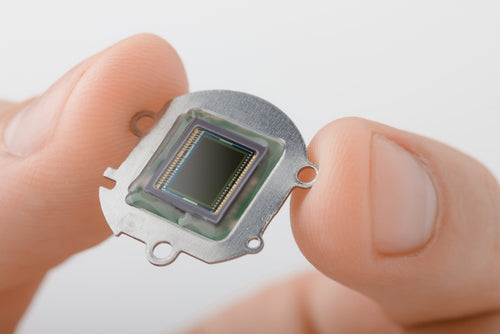
Untangling Image Sensor Size Formats
Camera Image Sensor sizes are commonly referred to as a fraction of an inch. This can create some confusion for customers as converting the actual fraction to mm and using...
Untangling Image Sensor Size Formats
Camera Image Sensor sizes are commonly referred to as a fraction of an inch. This can create some confusion for customers as converting the actual fraction to mm and using...
Machine Vision Lighting
View all-
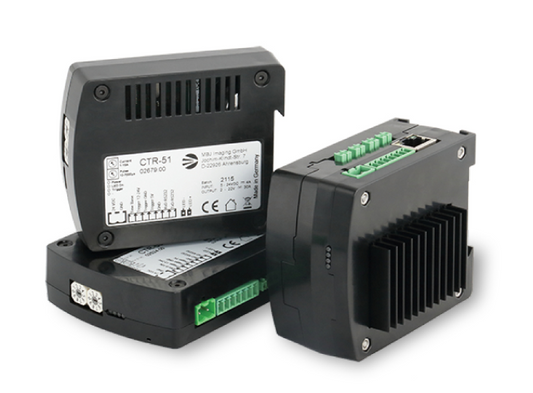
Making Good Use of LED Controllers in Machine V...
LED controllers are essential components in machine vision systems. They regulate and control the intensity, duration, and pattern of LED lights used in the system. By adjusting these parameters, LED...
Making Good Use of LED Controllers in Machine V...
LED controllers are essential components in machine vision systems. They regulate and control the intensity, duration, and pattern of LED lights used in the system. By adjusting these parameters, LED...
-
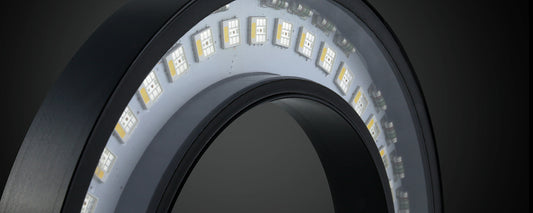
Getting it right: Why controlled light is so im...
In machine vision applications, the quality of an image is crucial for accurate analysis and interpretation. Controlled lighting plays a vital role in achieving consistent, high-quality images. Without proper lighting,...
Getting it right: Why controlled light is so im...
In machine vision applications, the quality of an image is crucial for accurate analysis and interpretation. Controlled lighting plays a vital role in achieving consistent, high-quality images. Without proper lighting,...
-
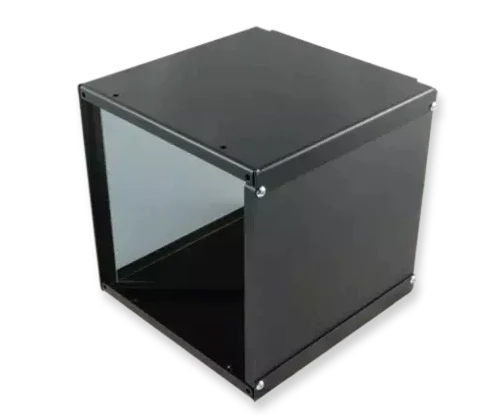
A brief Introduction to Illumination Methods
Let there be light! In the beginning there was only a camera (with a lens) and a subject, and the images taken were at the mercy of the elements, for...
A brief Introduction to Illumination Methods
Let there be light! In the beginning there was only a camera (with a lens) and a subject, and the images taken were at the mercy of the elements, for...
Digital Camera Interfaces
View all-
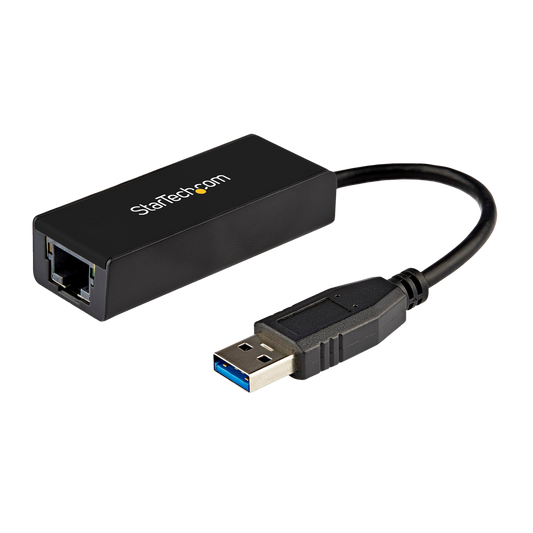
Top USB to Ethernet Adapters for Machine Vision...
USB to Ethernet adapters are critical components in machine vision camera connectivity, ensuring reliable data transfer and efficient communication between devices. Scorpion Vision, with 25 years of experience in imaging,...
Top USB to Ethernet Adapters for Machine Vision...
USB to Ethernet adapters are critical components in machine vision camera connectivity, ensuring reliable data transfer and efficient communication between devices. Scorpion Vision, with 25 years of experience in imaging,...
-

Unlocking the Potential: A Comprehensive Guide ...
Staying updated on the latest machine vision interface protocols is essential for achieving the best possible performance in your imaging applications. With the rapid advancements in technology and the increasing...
Unlocking the Potential: A Comprehensive Guide ...
Staying updated on the latest machine vision interface protocols is essential for achieving the best possible performance in your imaging applications. With the rapid advancements in technology and the increasing...
-

Precision Time Protocol (PTP)
Background PTP is used in a computer network to synchronise clocks across that network. On a Local Area Network, this is sub-microsecond accuracy and is therefore suitable for timing, measurement...
Precision Time Protocol (PTP)
Background PTP is used in a computer network to synchronise clocks across that network. On a Local Area Network, this is sub-microsecond accuracy and is therefore suitable for timing, measurement...











